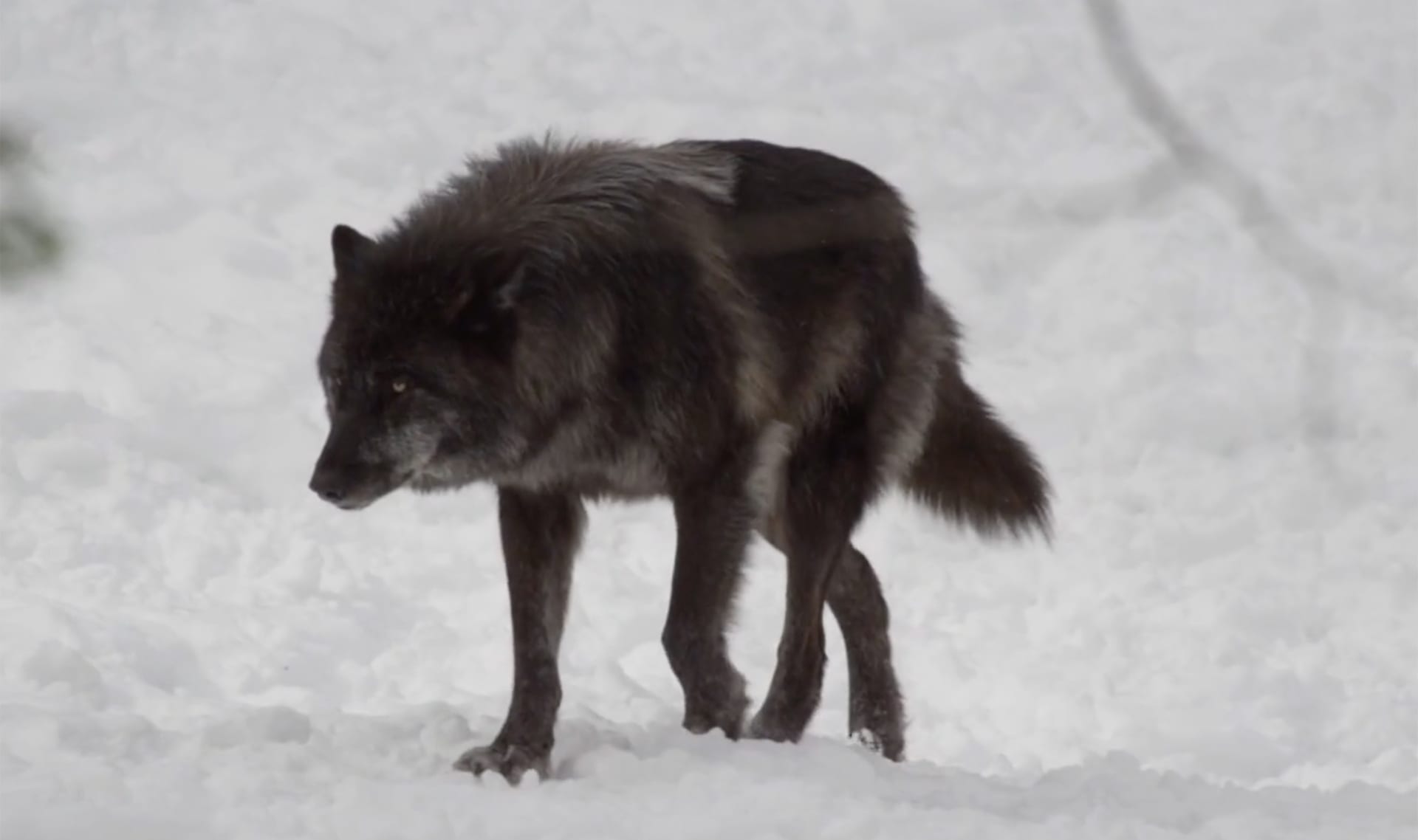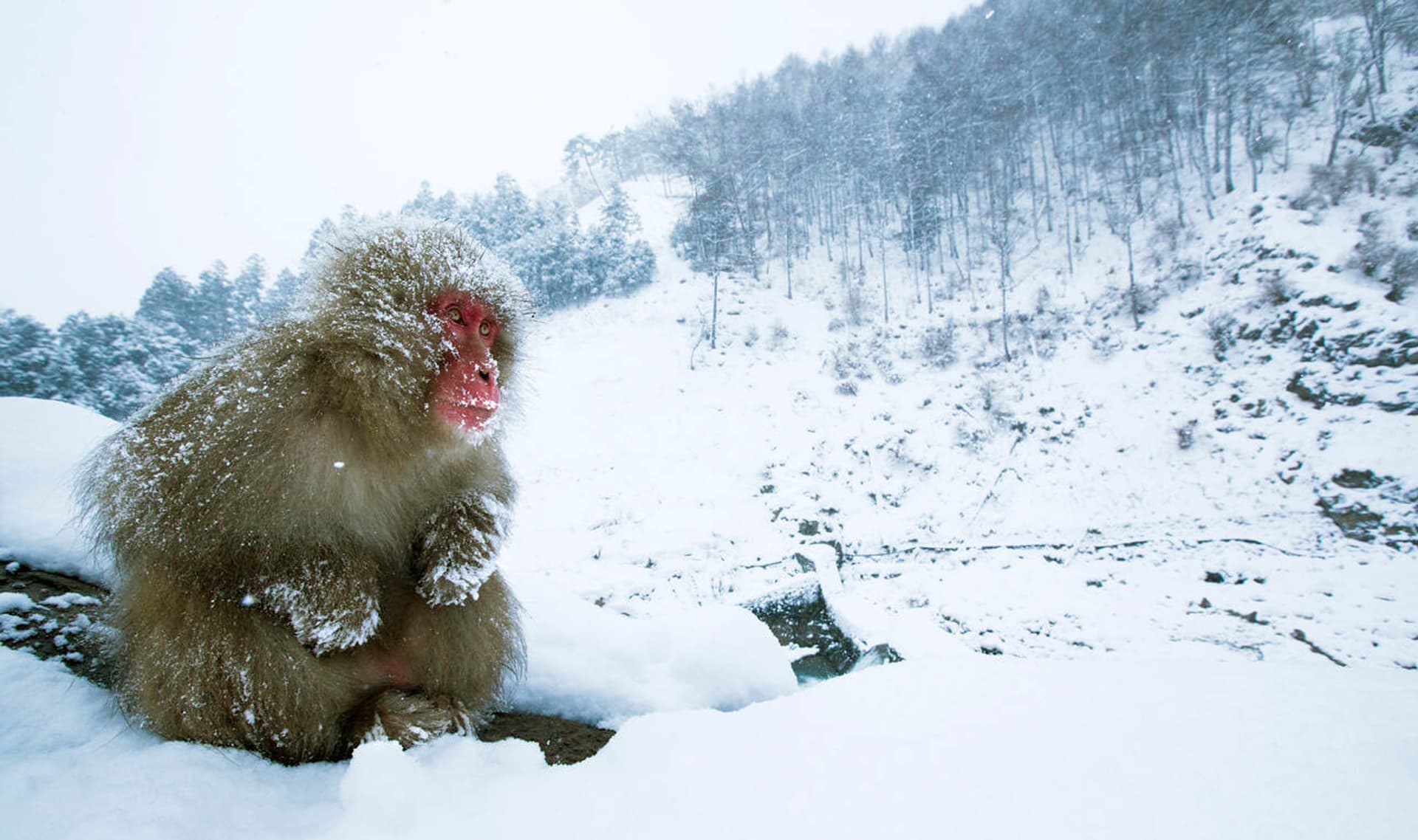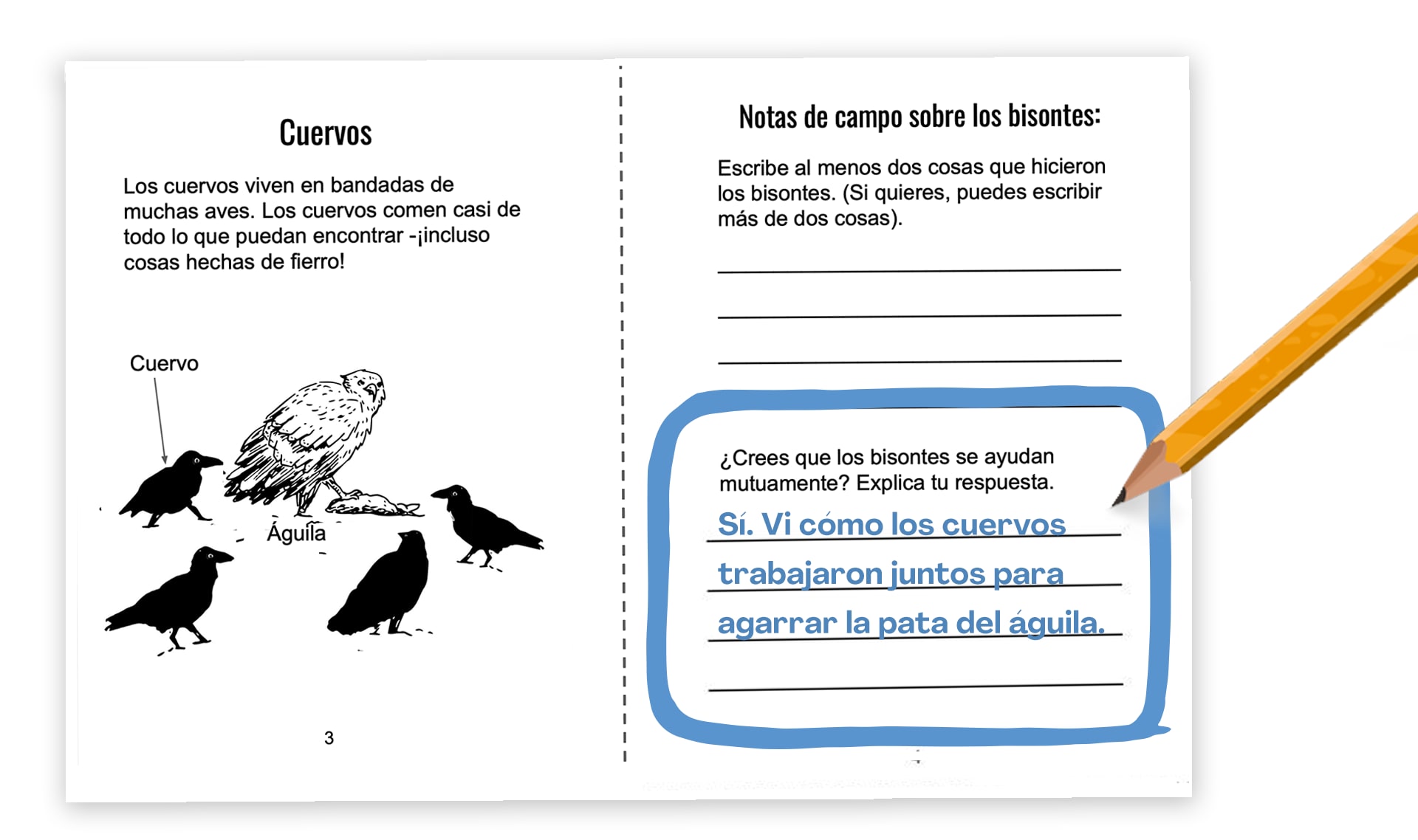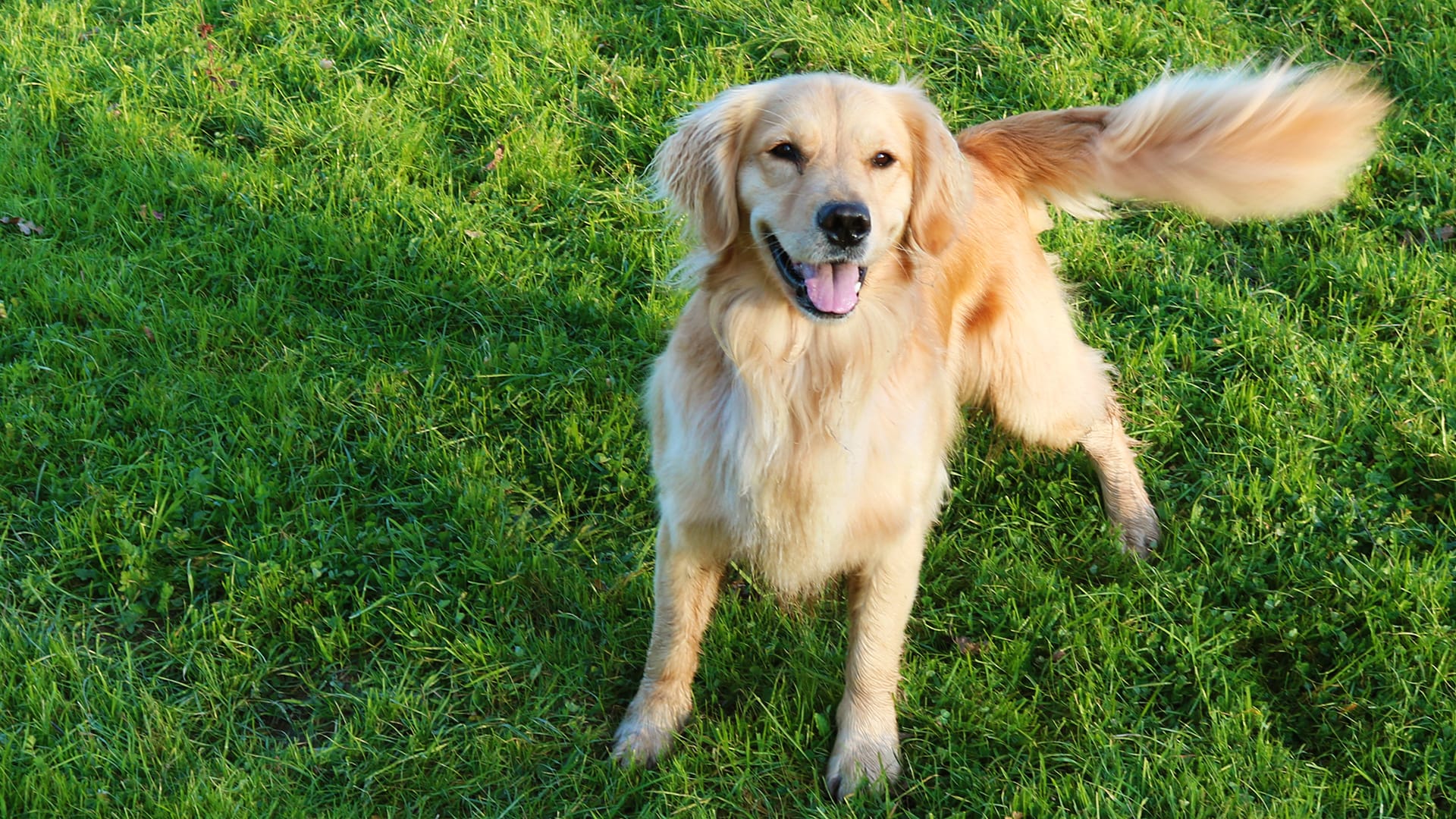Scroll for prep

Please wait…
This video is having trouble loading. You may have lost your Internet connection.
Step 1: Click to Reload this page
Step 2: Click to
Try our other video player
Step 3: contact support if trouble persists.
Or,
dismiss this message.
CONVERSEMOS:
¿Por qué crees que es útil para los perros poder comunicarse con otros perros (ya sea moviendo su cola o acostándose en el suelo)?

Please wait…
This video is having trouble loading. You may have lost your Internet connection.
Step 1: Click to Reload this page
Step 2: Click to
Try our other video player
Step 3: contact support if trouble persists.
Or,
dismiss this message.
Conversemos (1 de 2):
¿Qué otros animales conoces que viven en grupos y demuestran comportamiento social?
Nosotros pensamos en estos animales:
leones, peces, ovejas, vacas, elefantes, ballenas, cuervos, abejas, hormigas
Conversemos (2 de 2):
¿Por qué es útil para los animales vivir en grupos o manadas?

Please wait…
This video is having trouble loading. You may have lost your Internet connection.
Step 1: Click to Reload this page
Step 2: Click to
Try our other video player
Step 3: contact support if trouble persists.
Or,
dismiss this message.

Please wait…
This video is having trouble loading. You may have lost your Internet connection.
Step 1: Click to Reload this page
Step 2: Click to
Try our other video player
Step 3: contact support if trouble persists.
Or,
dismiss this message.
Paso
01/15
01/15
Obtén estos útiles.

Please wait…
This video is having trouble loading. You may have lost your Internet connection.
Step 1: Click to Reload this page
Step 2: Click to
Try our other video player
Step 3: contact support if trouble persists.
Or,
dismiss this message.
Paso
02/15
02/15
Pon cada hoja boca abajo y doblala a la mitad de esta manera.

Please wait…
This video is having trouble loading. You may have lost your Internet connection.
Step 1: Click to Reload this page
Step 2: Click to
Try our other video player
Step 3: contact support if trouble persists.
Or,
dismiss this message.
Paso
03/15
03/15
Encuentra las esquinas que dicen A, B y C. Júntalos de esta manera.
La "A" va primero, luego sigue la "B" y la "C" es la última. Dóblalas
todas a la mitad.
La "A" va primero, luego sigue la "B" y la "C" es la última. Dóblalas
todas a la mitad.

Please wait…
This video is having trouble loading. You may have lost your Internet connection.
Step 1: Click to Reload this page
Step 2: Click to
Try our other video player
Step 3: contact support if trouble persists.
Or,
dismiss this message.
Paso
04/15
04/15
Encuentra un compañero o compañera. Detén las hojas y tu
compañero le pondrá una grapa a tu diario en cada rectángulo
blanco. Después, ayúdale a tu compañero o compañera.
compañero le pondrá una grapa a tu diario en cada rectángulo
blanco. Después, ayúdale a tu compañero o compañera.

Please wait…
This video is having trouble loading. You may have lost your Internet connection.
Step 1: Click to Reload this page
Step 2: Click to
Try our other video player
Step 3: contact support if trouble persists.
Or,
dismiss this message.
Paso
05/15
05/15
Escribe tu nombre y la fecha en la portada. Luego abre cada página
de tu diario y dóblala, así.
de tu diario y dóblala, así.

Please wait…
This video is having trouble loading. You may have lost your Internet connection.
Step 1: Click to Reload this page
Step 2: Click to
Try our other video player
Step 3: contact support if trouble persists.
Or,
dismiss this message.
Paso
06/15
06/15
Visita a las suricatas en el desierto del Kalahari, en África. Ponle
atención a lo que hacen.
atención a lo que hacen.

Please wait…
This video is having trouble loading. You may have lost your Internet connection.
Step 1: Click to Reload this page
Step 2: Click to
Try our other video player
Step 3: contact support if trouble persists.
Or,
dismiss this message.
Paso
07/15
07/15
Ve a las páginas sobre las suricatas en tu diario de campo. Plática
sobre las preguntas con tu compañero o compañera. Luego escribe
tus respuestas a las preguntas.
sobre las preguntas con tu compañero o compañera. Luego escribe
tus respuestas a las preguntas.

Please wait…
This video is having trouble loading. You may have lost your Internet connection.
Step 1: Click to Reload this page
Step 2: Click to
Try our other video player
Step 3: contact support if trouble persists.
Or,
dismiss this message.
Paso
08/15
08/15
Viaja a Estonia. Mira el video. Ponle atención a lo que hace el grupo
de cuervos (los pájaros negros).
de cuervos (los pájaros negros).

Please wait…
This video is having trouble loading. You may have lost your Internet connection.
Step 1: Click to Reload this page
Step 2: Click to
Try our other video player
Step 3: contact support if trouble persists.
Or,
dismiss this message.
Paso
09/15
09/15
Ve a las páginas sobre los cuervos en tu diario. Plática sobre las
preguntas con tu compañero o compañera. Luego escribe tus
respuestas a las preguntas.
preguntas con tu compañero o compañera. Luego escribe tus
respuestas a las preguntas.

Please wait…
This video is having trouble loading. You may have lost your Internet connection.
Step 1: Click to Reload this page
Step 2: Click to
Try our other video player
Step 3: contact support if trouble persists.
Or,
dismiss this message.
Paso
10/15
10/15
Viaja a Japón. Ve el video. Ponle atención a lo que hacen los
monos de nieve.
monos de nieve.

Please wait…
This video is having trouble loading. You may have lost your Internet connection.
Step 1: Click to Reload this page
Step 2: Click to
Try our other video player
Step 3: contact support if trouble persists.
Or,
dismiss this message.
Paso
11/15
11/15
Ve a las páginas sobre los monos de nieve en tu diario. Plática sobre
las preguntas con tu compañero o compañera. Luego escribe tus
respuestas a las preguntas.
las preguntas con tu compañero o compañera. Luego escribe tus
respuestas a las preguntas.

Please wait…
This video is having trouble loading. You may have lost your Internet connection.
Step 1: Click to Reload this page
Step 2: Click to
Try our other video player
Step 3: contact support if trouble persists.
Or,
dismiss this message.
Paso
12/15
12/15
Viaja al Parque Nacional Yellowstone en Wyoming. Ponle atención
al video y fíjate en lo que hacen los bisontes.
al video y fíjate en lo que hacen los bisontes.

Please wait…
This video is having trouble loading. You may have lost your Internet connection.
Step 1: Click to Reload this page
Step 2: Click to
Try our other video player
Step 3: contact support if trouble persists.
Or,
dismiss this message.
Paso
13/15
13/15
Ve a las páginas sobre los bisontes en tu diario. Plática sobre
las preguntas con tu compañero o compañera. Luego escribe
tus respuestas a las preguntas.
las preguntas con tu compañero o compañera. Luego escribe
tus respuestas a las preguntas.

Please wait…
This video is having trouble loading. You may have lost your Internet connection.
Step 1: Click to Reload this page
Step 2: Click to
Try our other video player
Step 3: contact support if trouble persists.
Or,
dismiss this message.
Paso
14/15
14/15
Conversemos. Luego llena la página 9 en tu diario.

Please wait…
This video is having trouble loading. You may have lost your Internet connection.
Step 1: Click to Reload this page
Step 2: Click to
Try our other video player
Step 3: contact support if trouble persists.
Or,
dismiss this message.
Paso
15/15
15/15
Ve a la página 10 y contesta la pregunta.

Please wait…
This video is having trouble loading. You may have lost your Internet connection.
Step 1: Click to Reload this page
Step 2: Click to
Try our other video player
Step 3: contact support if trouble persists.
Or,
dismiss this message.


Please wait…
This video is having trouble loading. You may have lost your Internet connection.
Step 1: Click to Reload this page
Step 2: Click to
Try our other video player
Step 3: contact support if trouble persists.
Or,
dismiss this message.
comunicar
1 de 9
dar y recibir información

Please wait…
This video is having trouble loading. You may have lost your Internet connection.
Step 1: Click to Reload this page
Step 2: Click to
Try our other video player
Step 3: contact support if trouble persists.
Or,
dismiss this message.
comportamiento
2 de 9
las acciones y reacciones de los seres vivos

Please wait…
This video is having trouble loading. You may have lost your Internet connection.
Step 1: Click to Reload this page
Step 2: Click to
Try our other video player
Step 3: contact support if trouble persists.
Or,
dismiss this message.
comportamiento social
3 de 9
el comportamiento de seres vivientes que viven en grupos

depredador
4 de 9
un animal que caza y se come a otros animales

Please wait…
This video is having trouble loading. You may have lost your Internet connection.
Step 1: Click to Reload this page
Step 2: Click to
Try our other video player
Step 3: contact support if trouble persists.
Or,
dismiss this message.
proteger
5 de 9
mantener algo o alguien a salvo

medio ambiente
6 de 9
todos los seres vivos y no vivientes que se encuentran en un lugar

Please wait…
This video is having trouble loading. You may have lost your Internet connection.
Step 1: Click to Reload this page
Step 2: Click to
Try our other video player
Step 3: contact support if trouble persists.
Or,
dismiss this message.
sobrevivir
7 de 9
mantenerse vivo/a

Please wait…
This video is having trouble loading. You may have lost your Internet connection.
Step 1: Click to Reload this page
Step 2: Click to
Try our other video player
Step 3: contact support if trouble persists.
Or,
dismiss this message.
observar
8 de 9
ponerle mucha atención a algo

evidencia
9 de 9
información que puede ser usada para respaldar o rechazar una idea
🎉
That’s it for this lesson! How did it go?
Sign up now for more great lessons!



